Hololens is a very powerful device. After you wear it, you can install it like Iron Man. Through the overlay of virtual images and reality, you can use the living room at home as a game scene and hit the monsters on the sofa:

Learn about body structure:

Making designs:
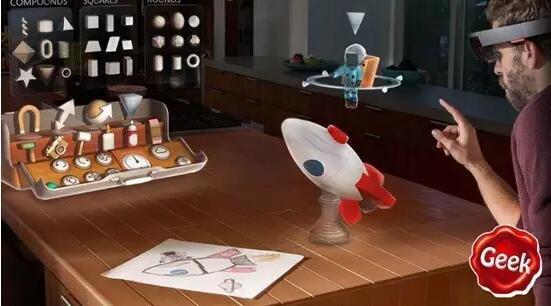
Visit the website:
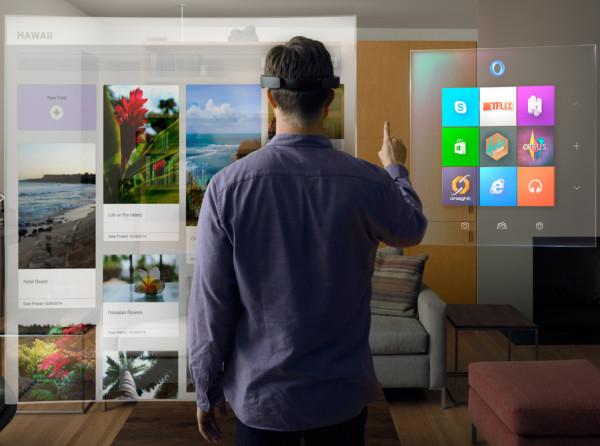
In short Hololens can do too many things, even more than VR. It can be imagined that the future life and working methods of human beings will change greatly because of this type of equipment. After I personally experienced Hololens last week, I was more confident. This is a hugely influential product.
It can be said that Hololens is a product far ahead of most of the current head-display devices, and its significance is like the beginning of the iPhone.
Its strength is not only that the virtual image can be well combined with the real environment, but that it is an independent computing device in addition to the head-display device. It does not need to connect to a high-level host like the HTC Vive. Can be used, although small in size but computational power is not bad; and it does not need to rely on an external device like a beacon like Vive can achieve spatial positioning, but also supports gesture recognition ...
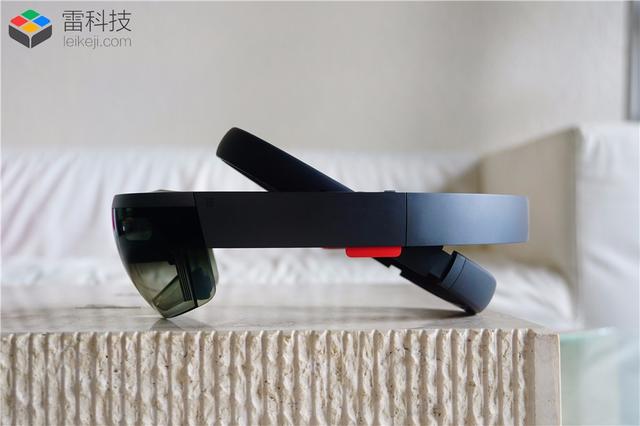
So what kind of black technology does Hololens carry to make it so powerful? And how far are these black technologies from ordinary life? To solve these problems, the following is to explore and explore.
How do you achieve spatial orientation and somatosensory interaction without an external device?
Hololens actually uses positioning technology based on the principle of computer vision. In deeper terms, it uses a technique called SLAM (Simultaneous Localization and Mapping).
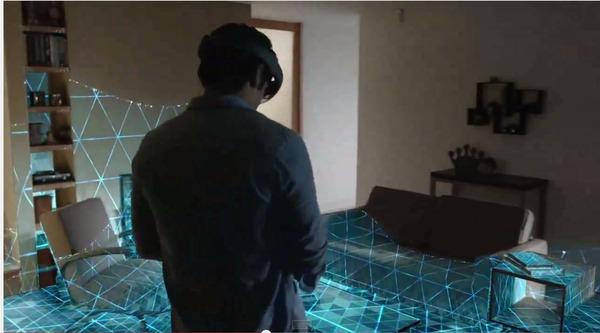
In principle, the relevant sensors are used to obtain the depth information of the environment. In conjunction with its own acceleration and angular velocity, the real-time operation of the program, when the object moves, the depth information will also change, and these changes will be built incrementally. Maps, then complete the identification and positioning of space.
There are many ways for SLAM to collect data, and Hololens uses the depth of field camera to acquire environmental depth information, and the other uses a laser radar to scan point cloud data.
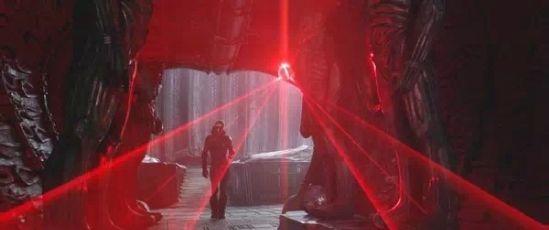
Hololens' space positioning method is not a new technology. Microsoft introduced a peripheral for the XBOX360 in 2010: Kinect is the predecessor of the technology. This is a somatosensory camera that can dynamically capture players. , image recognition, microphone input, and so on, rely on this device can also achieve spatial positioning, and Microsoft is more than just integrate it on Hololens.
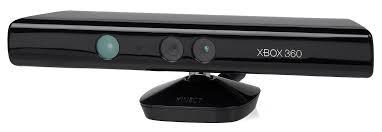
This kind of technology needs very powerful computing power. It is really not easy to implement this technology on a small head-display device. It is really good to experience the accuracy and responsiveness of its positioning, but its ability to recognize gestures. In general, it's not easy to use.
In addition, Hololens' space positioning currently has many areas that need to be optimized. For example, there are certain requirements for the use environment. If the space is too large to be detected, according to the author's experience, it can currently be used in an indoor environment of more than 20 square meters.

How to superimpose virtual images with reality?
Current VR heads are mainly imaged using a screen + lens, but Hololens MR glasses require an open field of view, closed imaging principle is obviously not suitable, and use the camera to capture the reality and reintegrate the virtual image and then restore the screen to the screen At the same time, this "pseudo-MR" approach cannot be called black technology either.
In fact, Hololens uses an imaging principle called optical transmission. The front “screen†is a semi-translucent glass. The light in reality can penetrate the glass and enter the human eye, thus satisfying the reality in the first place. "display".
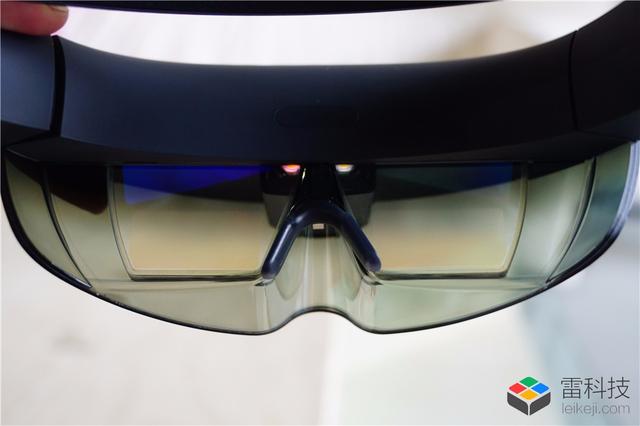
The virtual image is projected onto the transparent holographic lens of the light guide by the LCos (Liquid Crystal on Silicon) projection technology. The LCos (Liquid Crystal on Silicon) projection technology has been applied very maturely on some projectors, and the Hololens virtual image imaging has been applied. The principle is similar to the imaging principle of the projector, except that the media of its projection becomes a half-lens, thereby realizing the superposition of the actual picture.
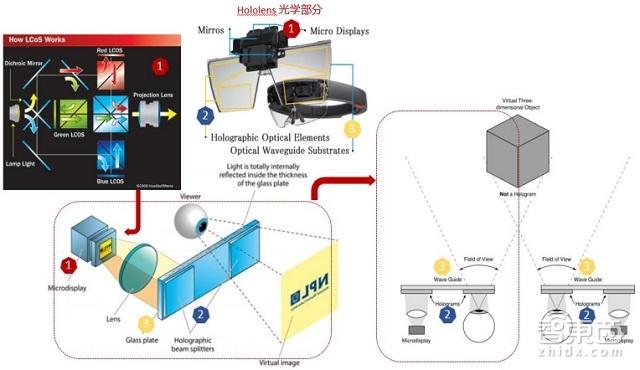
However, this kind of imaging principle is also flawed. Because it uses translucent lenses, it has some obstacles to the actual light. Actual performance is like wearing a pair of sunglasses, and the actual environment is darkened; and the virtual image is also mixed. The light of reality, so it looks a bit "virtual."
A tiny button can actually achieve somatosensory interaction?
Hololens's accessories are also equipped with a small button, wireless connection via Bluetooth and Hololens, about the size of the thumb, with an elastic band can be placed on the finger, the industry will call it "ring."
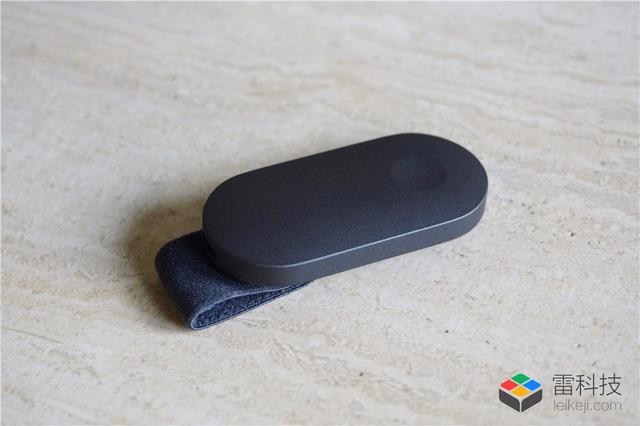
Although this “ring†is small and compact, it is very powerful. Besides being able to implement basic “click†operations, it can also realize somatosensory interactions. Perhaps it is mainly used as an auxiliary operation because it needs to be used when interacting with gestures. The hand is raised to the front of the head to be captured by the camera, and the interaction is not natural enough.
After wearing this “ringâ€, you can interact with your body in an unrestrained manner. It can recognize the movement information such as displacement and acceleration generated by your hand in space. However, what is surprising is that it captures the action without using a lighthouse like the Vive, and it is so small in size.

However, the motion capture principle of this small button did not reveal much information. I guess, or it uses a motion capture technology based on inertial sensors like Noliton equipment.
The button integrates inertial sensor devices such as accelerometers, gyroscopes, and magnetometers. The data processing unit can use these inertial devices to collect kinematic information. When the target is in motion, the position information of these components is changed to obtain the target motion. Trajectory, complete motion capture.
This kind of technology is not too much burden compared to Vive laser positioning handle, easy to use, can be miniaturized, dynamic performance is good, not limited by the environment, the downside is that its sensitivity to the sensor is very high, if the technology does not meet the requirements Physical accuracy will be reduced.
How is the panoramic sound effect achieved?
The panoramic sound effect is very important in the VR experience. Although many manufacturers have developed various VR panoramic sound schemes at present, the current VR devices are still not equipped with this capability.
Hololens is already equipped with this feature. Its built-in sound system has a sound-producing hole on both sides near the ear. This sound system has a panoramic sound effect and can simulate sound with depth and direction.

It can be said that in addition to overlaying virtual images with reality, this device also has a combination of virtual sound effects and reality, but only two speakers can achieve panoramic sound effects. It is indeed a bit magical.
The key to the author's guess that this effect can be achieved is that he uses the head tracking function to track the position of the user's head, locate the sound position in the user's earphone to match the appropriate sound effects, and the principle and head of the VR head. Tracking is similar. When the user's head rotates, the picture is also synchronized, and the effect of the sound is the same. A Bluetooth device that enabled the VR head to display the panoramic sound also adopted this principle.
More than just an MR head, or a "black technology" full of computing equipment
Hololens is not just a heads-up device, but also an independent computing device. It does not need to connect to a host to work because of its built-in "host".
Perhaps it is its charm, based on which it can be a portable device, can carry like a mobile phone, and the future of all kinds of head form should also be aligned with Hololens.
Hololens's computing power is very powerful, and it can run Window 10 system smoothly. The author still does not see the Caton phenomenon when performing various violent operations in the actual measurement. He must be able to fill various sensors, computing chips, etc. within such a small volume. It is not an easy task. At present, there is no second paragraph except Hololens.
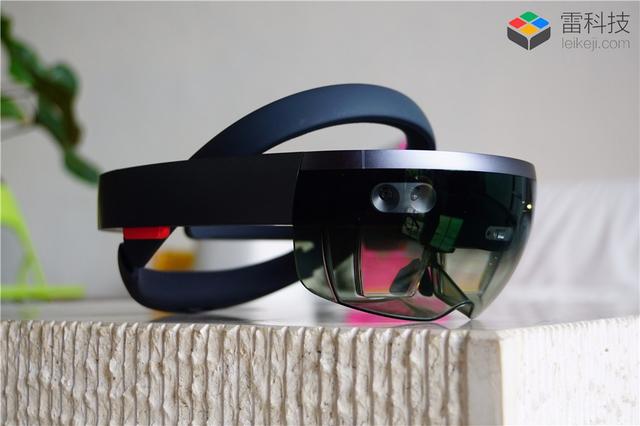
However, the above mentioned black technology carried by Hololens is actually not a very black technology. Many technologies actually existed several years ago, such as the XBOX360 peripherals: Kinect, and some of the other technologies are not unique Hololens patents, but Its great place is to think of these technology can be a good collection of a small glasses, playing a powerful MR equipment.
However, Hololens still has many shortcomings, such as: low field of view angle, "sunglasses" effect, lack of life, etc., hoping that the future Hololens will carry more black and white technology.
This article from the Tencent News client from the media, does not represent the views and positions of Tencent News